Neuroplasticity and Repair Laboratory
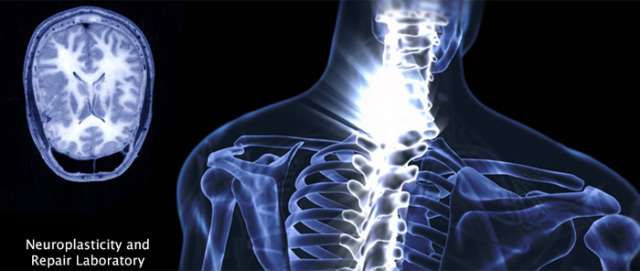
About
The spinal cord is a remarkable organ. The human spinal cord measures 0.5 inches at its largest diameter in the cervical spine, and within this space there are approximately 50+ anatomical tracts, 1 billion neurons, and 7 trillion connections.
Our laboratory strategy is based on three observations: (1) Complex motor and autonomic functions are encoded in the spinal cord. (2) There is substantial automaticity present in the spinal cord with minimal input from the cortex. (3) In conditions such as spinal cord injury, there are dormant, residual circuits present that can be modulated to become functional even years after initial injury.
We have used neuromodulation to restore lost function. The focus of our laboratory is to elucidate the spinal cord circuits relevant for motor and autonomic function and, combined with the 3 simple observations, apply this understanding to the development of novel treatments for injury conditions such as spinal cord injury. We conduct basic science research in rodent models and translate these findings to humans in clinical trials. Importantly, we seek to elucidate the mechanistic basis for such improvement by using optogenetic, chemogenetic, immunohistochemical, physiological, electrophysiological, computer modeling, and AI techniques.
Fundamental to our way of thinking is that we are not constrained by artificial barriers. We are multi-disciplinary in our approach. We are neurosurgeons, neurophysiologists, molecular biologists, computer scientists, engineers, and physical therapists working together in the laboratory. We are driven by the questions we ask and constrained only by our imagination, not by our background, training, or degrees. Join us and take part in discovery.
Techniques
Animal
(1) Optogenetics
(2) Chemogenetics
(3) Immunohistochemistry and tract viral tracing with fluorescent and confocal microscopy
(4) Whole animal and isolated organ physiology and electrophysiology
(5) Single-nuclei RNA-sequencing
(6) Animal behavioral assessments
(7) Computer modelling, machine learning, and artificial intelligence analysis and application
Human
(1) Human physiology and electrophysiology in anesthetized and non-anesthetized state
(2) 3D motion capture
(3) Overground and body-weight supported locomotor training and assessment
(4) Upper extremity robotic training and assessment
(5) Advanced fMRI imaging
(6) Early to advance phase clinical trials
(7) Computer modelling, machine learning, and artificial intelligence analysis and application
Equipment
Human Research Equipment
ArmeoSpring, MusicGlove, Handgrip, Robomedica Body Weight Support, Urodynamics Device
Animal Research Equipment
Animal Behavioral Testing Equipment
Animals are housed in the OHRC vivarium under the care and supervision of Division of Laboratory Animal Medicine (DLAM) staff veterinarians. Behavioral and functional testing of small animals is available in the BIRC facility. This includes assessment of sensory-motor integration impairment (tape test), assessment of motor coordination and balance (beam walking test, climbing pole, accelerating rotarod), assessment of forelimb asymmetry (cylinder test), acquisition of hippocampal-dependent learning including spatial memory, long-term memory, and long-term spatial memory (Morris Water Maze).
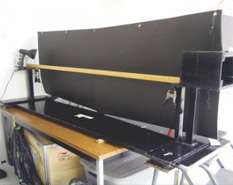
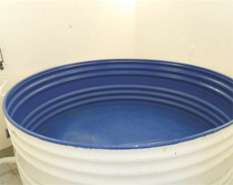
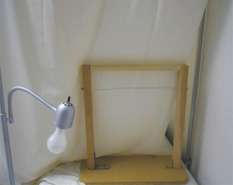
Animal Surgery Equipment
The laboratory is fully equipped for rodent brain and spinal cord injury studies. Equipment available includes Infinitiy Horizon Impactor, fluid-percussion injury device, and controlled cortical impact machine.
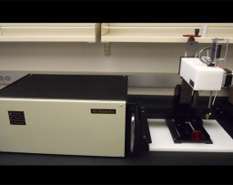
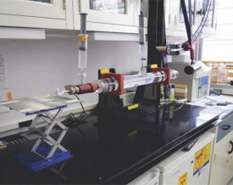
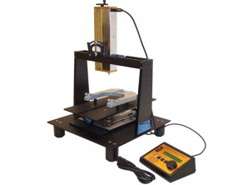
Animal Imaging Equipment
Advanced imaging studies are performed in the Ahmanson-Lovelace Brain Mapping Center (BMC). A variety of BMC imaging resources including whole body 1.5 Tesla Siemens Sonata unit, whole body 3.0 Tesla Siemens Trio unit, small-bore 7.0 Tesla Bruker unit and head-only 3.0 Tesla Siemens Allegra unit are available (TWI, DWI, DTI, fMRI).
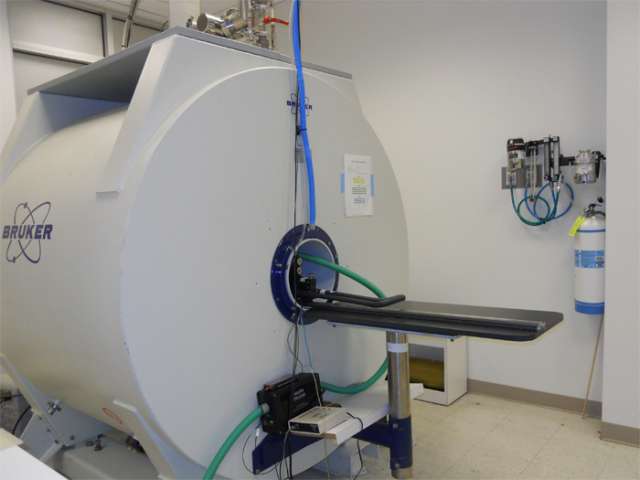
Contact Us
Daniel C. Lu – MD, PhD, FAANS, FACS
Professor
David Geffen School of Medicine at UCLA
Department of Neurosurgery
[email protected]
Clinical Office
300 Stein Plaza, Suite 536
Edie and Lew Wasserman Building
Los Angeles, CA 90095
310-267-2975
Basic Science Laboratory
615 Charles E. Young Drive South
Orthopaedic Hospital Research Center
Room 547
Los Angeles, CA 90095
310-267-0149
Clinical Research Laboratory
650 Charles E. Young Drive South
Semel Institute for Neuroscience and Human Behavior
Room 18-266
Los Angeles, CA 90095